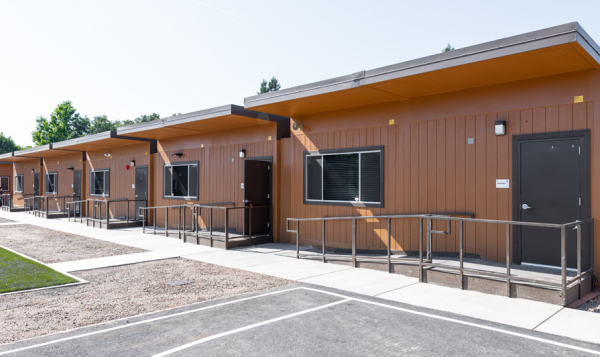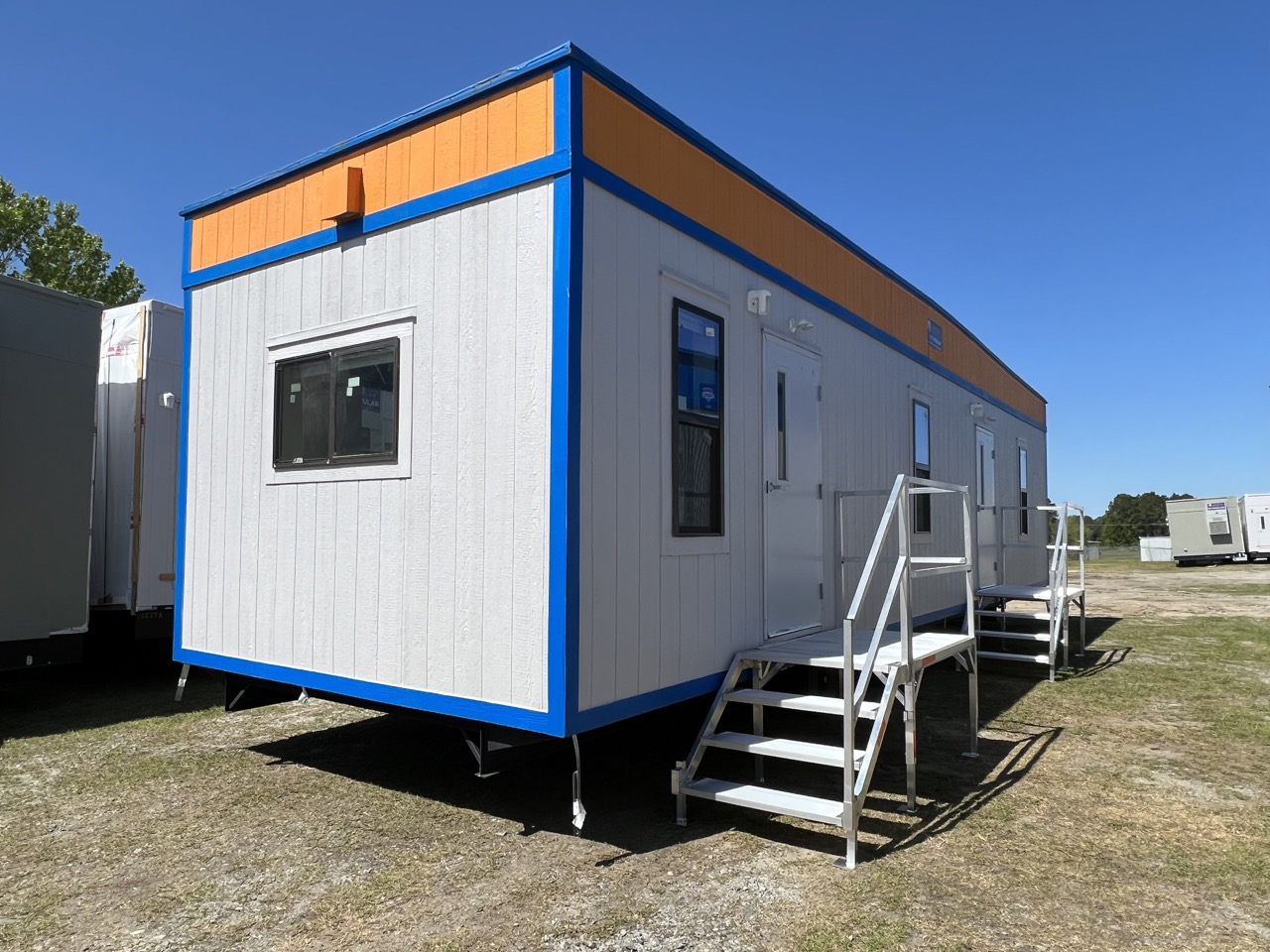How are Modular Buildings Built?
The biggest drawback of constructing your building is the time, effort, and resources that it demands. But the problems don’t end there. They extend into anxieties concerning pollution, site preparation, paying an army of workers, and renting equipment for construction. Additional issues include dealing with legal red tape and building permits, material costs, labor issues, and the enormous logistical undertaking of constructing a brick and mortar building.
That investment results in a permanent structure that cannot be modified as your needs evolve. If that sounds like a lot of effort for not much reward, and you’re looking for a building solution that is quicker, smarter, more environment-friendly and flexible, then your best alternative is to go modular.
Modular construction reaps the same benefits that other industries, which utilize off-site manufacturing, have enjoyed for years. By completing most of the work in a factory and adding the finishing touches on-site, modular construction offers an alternative that is much faster, cost-effective, and requires lesser logistical input. Studies suggest that modular construction can be up to 50% quicker and 20% cheaper than the traditional method. That is quite significant. So, let’s find out how are modular buildings constructed.
The Modular Building Construction Process
The modular building construction process is a simple and expedited one. It starts with the design and floor plan of the building and ends with the final installation.
1. Finalizing Design –
The first step in modular construction is design. It begins with determining your building’s size, attributes and floor plan based on your specific needs. 3D visualizers are a unique tool to assist in this process by creating virtual representations of the final building.
2. Engineering Blueprint –
Once the design is confirmed, plans are drawn for the construction of the project. This step ensures that your building is constructed to your specifications, complies with all building codes, and remains safe and secure throughout its lifetime. Once the local building department authority with jurisdiction (AHJ) approves the building’s design then construction can begin.
3. Acquiring Permits –
Any building, modular or otherwise, requires a set of legal permits before it can be installed or constructed. The next step is to ensure that all the site permits and approvals are acquired.
4. On-site Development –
The foundation of the modular building needs to be installed on-site. Before doing so, site preparation includes, ground leveling, utility installation, drainage and sorting out all utility systems.
5. In-factory Fabrication –
The fabrication of the final building begins within the factory as the on-site development is taking place. This may reduce the construction time by as much as half. Everything from constructing the walls, installing roofing, tiling, installation of the MEP systems, paint and final finish is done here.
6. Transportation to Site –
The size and scope of the project determines how the modular building is transported to the site. Transportation usually takes place in incremental stages, starting from the first to last components in the final installation in order to ensure maximum efficiency.
7. Final Installation –
Once the building components arrive on-site, the assembly or final installation begins. This is the last step in the construction process for modular buildings. Here, all the different components of the building placed on to the foundation system, and utility connections are made. After a final inspection, the building is signed off on by local building officials for occupation.

The construction process of modular buildings streamlines the entire approach to development. It is simple, efficient, and highly cost effective. If you want to bypass this quick construction process, another option is to purchase a pre-built or existing modular building. At Mobile Modular, we can help you take advantage of all the benefits of modular construction while ensuring you don’t lose out on the benefits of a permanent structure.
With over 40 years of experience in the field and a team of well-versed experts, we can help make your construction needs a reality while staying on time and under budget. Feel free to contact us if you have any questions about modular construction.
Ready to explore the exciting world of modular construction? Request a quotetoday!




